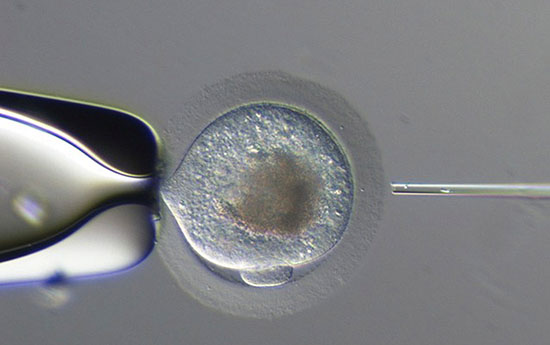By Jean Llewellyn: It is 20 years to the month since we first published an article about a cutting- edge reproductive technique known as ICSI (intercytoplasmic sperm injection). At that time, researchers at Colorado State University had reportedly harvested an oocyte from a mare, microscopically collected a single spermatozoa which was then injected head first directly into the oocyte, and the subsequent embryo was transplanted into a recipient mare who produced a foal. Science never stands still, however...
Recently, thanks to an introduction by Jeannette Nijhof of Team Nijhof, Breeding News communicated with veterinarian Dr.Giovanna Lazzari – who has become a well-known authority on ICSI in Europe, successfully prolonging the breeding careers of some legendary names in the breeding world. Alongside Professor Cesari Galli, Lazzari leads a research team based at the Avantea laboratory in Cremona, Italy, specializing in equine, bovine and porcine assisted reproduction.
Q - Published in 1997, the first BN ICSI article describes the process in very general terms, mainly focusing on the benefits for older and/or sub-fertile mares, but with a concluding opinion that the technique could be used for stallions. Could you please explain the technique and the process as it applies to stallions today?
In the last few years the equine assisted reproductive technologies have made considerable progress as a result of the research carried out mainly by our Avantea team in Cremona and a few other international laboratories. The most recent technology is the ‘Ovum Pick Up’ (OPU) which consists in the collection of oocytes from donor mares, their in-vitro maturation and fertilization by direct injection of the sperm (intracytoplasmic sperm injection, ICSI). This is followed by culture of the fertilized oocytes in laboratory incubators for about a week, until they reach the stage of embryos suitable for transfer in recipient mares, or for freezing for later transfer, or genetic banking...




